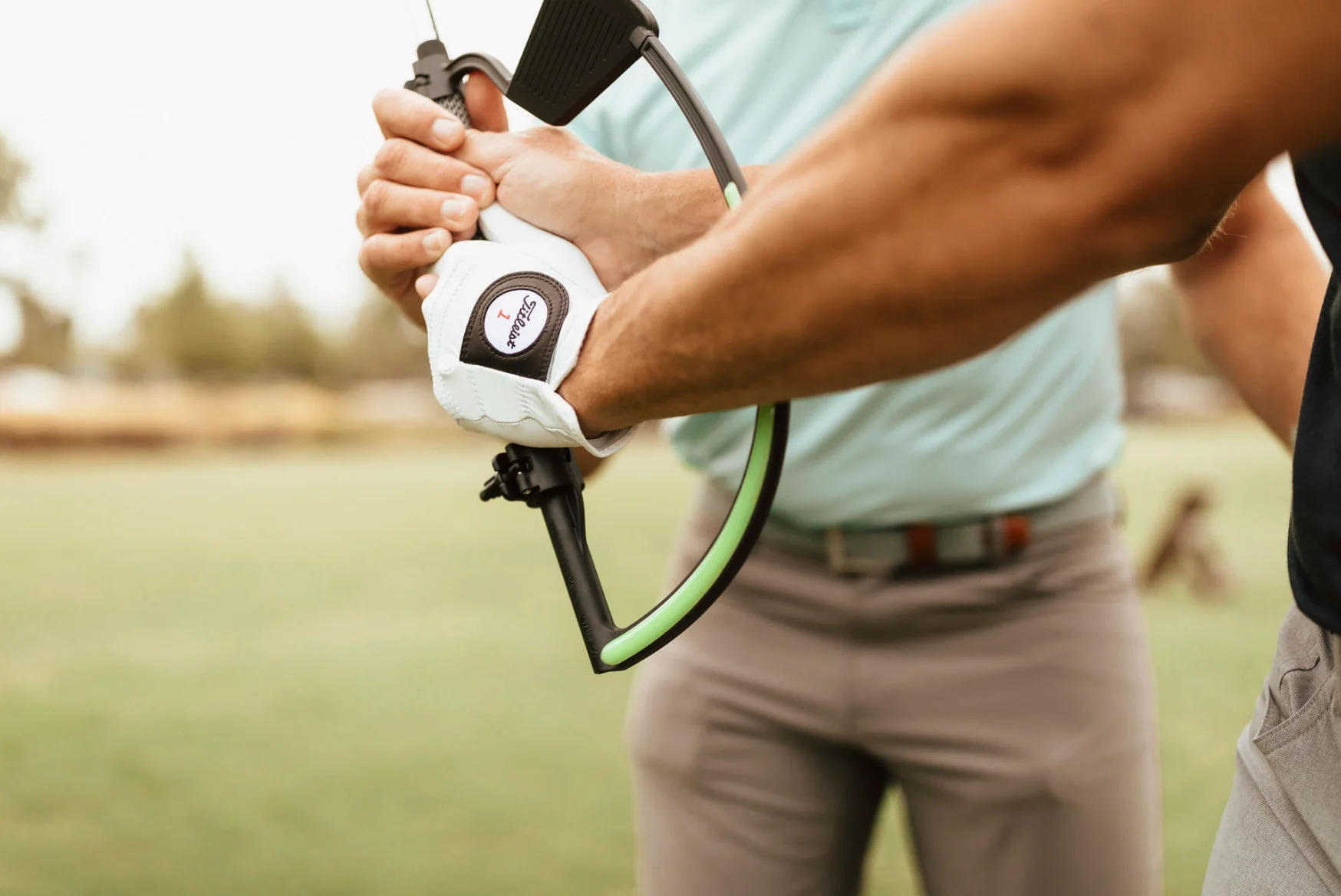When you’re working on your wrist technique, whether in golf or in riding, mistakes are easy to make and hard to fix once they’re locked in. It’s like trying to turn a tight corner on a motorcycle without leaning right – you feel the impact almost instantly.
Now, I know a lot about bikes, but let’s tackle an issue for those of you perfecting wrist form in sports, specifically when your wrist tends to bow. I’ll break it down for you in an easy, direct way to get your form right and avoid setbacks.
Key Points:
- Wrist alignment matters.
- A relaxed wrist boosts control.
- Bowing lessens stability.
- Right techniques prevent errors.
- Proper habits improve the overall game.
1. Why a Bowed Wrist Could Wreck Your Game
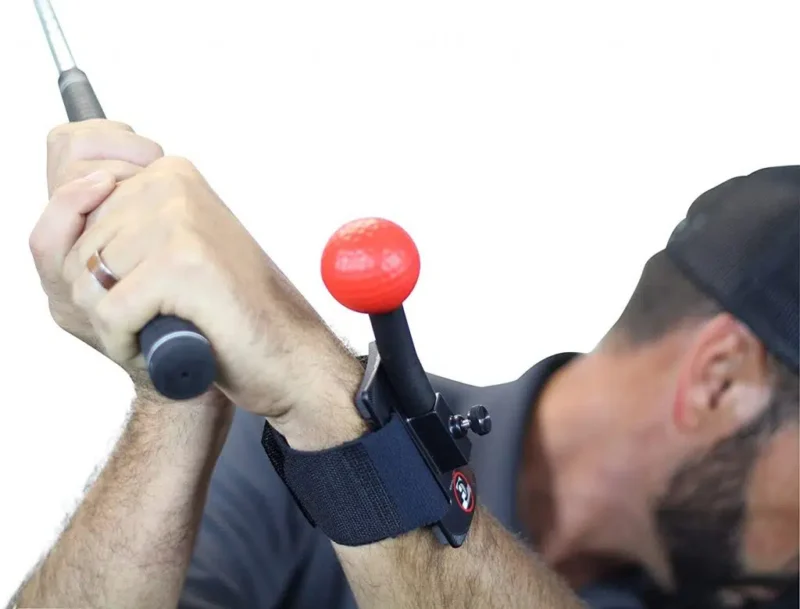
You might have heard it a million times: get your wrist position right, or you’ll struggle. The wrist, when bowed, often causes control issues, accuracy drops, and even injuries in certain cases. Think of it like an engine misfiring – everything else might be running fine, but that little tweak disrupts the entire process.
With a correct wrist position, you not only gain better control, but also build up the muscle memory needed to make your movements smooth and automatic. And, just like with a finely-tuned motorcycle, the right balance will let you handle challenges confidently. Adjusting for a flatter, neutral position can keep your hand steady and make a world of difference in how you move.
2. Steps to Avoid Common Wrist Bowing Mistakes
Sometimes, it helps to work in steps, so let’s walk through this process.
Get Familiar with the Position
Place your hand in the position it would take if you were holding a bat or club. If the angle feels uncomfortable, that’s a red flag right there. Get used to a straight, neutral position.
Keep the Tension Light
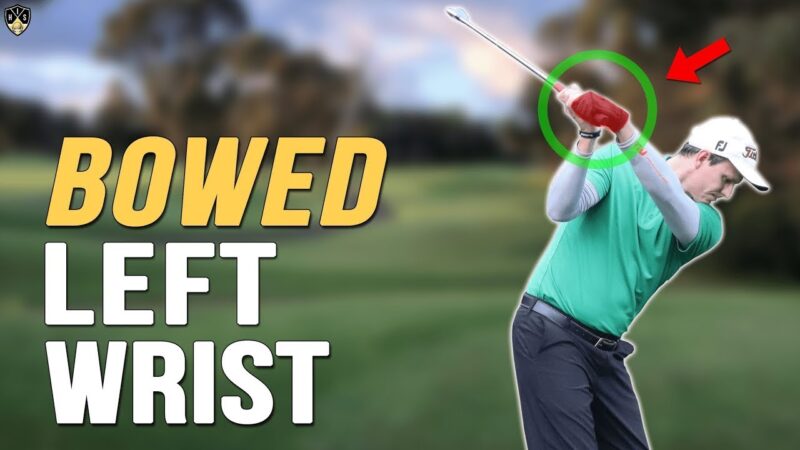
A tight wrist, with muscles locked and rigid, makes it hard to control movements. You wouldn’t hold your handlebars with a death grip; the same goes here. Loose muscles mean more flexibility.
Practice Slowly, Build Confidence
Slow practice is the best way to train muscle memory. Try moving from a neutral wrist without letting it bow. Do this regularly, focusing on form. Speed can come later, but control comes first.
Use a Mirror or Video
Watching yourself makes spotting mistakes easier. A mirror or camera lets you catch errors you might not feel – it’s like checking the mirrors on your bike before taking off.
Ask for Feedback
Get someone to watch your movements and point out any wrist bowing they see. Another pair of eyes can catch issues faster than doing it solo.
3. Why Consistency in Wrist Practice Matters
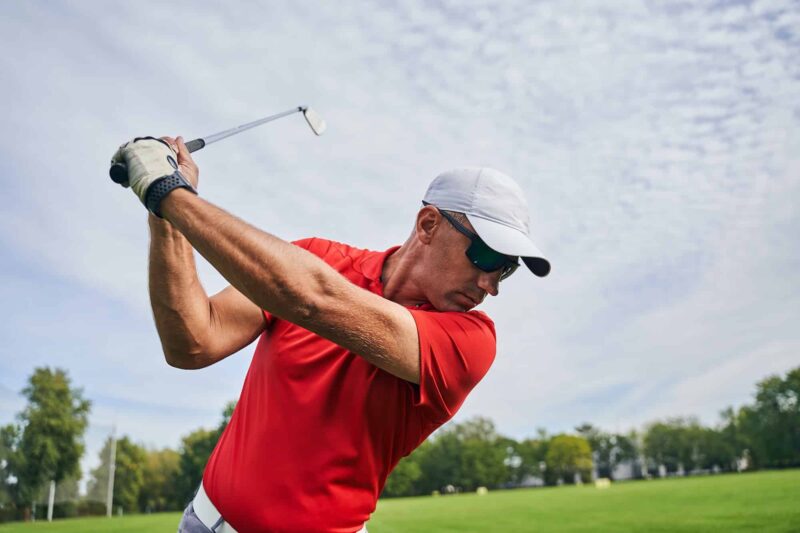
With every activity, consistency is the game-changer. Practicing the same correct wrist form repeatedly reinforces the muscle memory you need to nail it under pressure. Think of it like hitting the throttle too fast on a turn: if you don’t stay consistent with your form, it becomes a problem that grows worse with time.
If you’re aiming for long-term performance enhancement and injury prevention, keeping up with the right habits is the only way forward. Want to learn more about training your body to handle specific sports techniques? ASFA’s Golf Fitness Certification can guide you in building skills for athletes, specifically focusing on areas like injury prevention and biomechanics – which are key for anyone serious about improvement.
4. Tips to Maintain a Proper Wrist Position
A lot of the challenge comes down to avoiding common issues. Below are tips to guide you in keeping a steady wrist position:
Check Hand Alignment Frequently
Look at your hand’s angle each time you start. Small adjustments early mean fewer issues later on.
Focus on Relaxing Your Grip
It’s tempting to squeeze hard, but a lighter grip usually helps in holding the right wrist alignment.
Control Your Breathing
Breath control affects tension. Keep breathing easy, and you’ll feel more relaxed, which keeps your wrist in check.
Stretch Before and After Practice
Stretching loosens up the muscles and reduces strain. A relaxed hand works better.
5. Drills to Improve Your Wrist Position
Sometimes specific drills help lock in the right habits. Here are a few simple ones:
-
- Grip-Relax Drill: Grip and relax repeatedly, focusing on where your wrist stays straight.
- Slow Motion Practice: Practice each movement in exaggerated slow motion, watching your wrist. This lets you see and feel the ideal angle.
- Single Arm Practice: Practice with your dominant arm, then switch to the non-dominant. Balancing both sides helps eliminate small imbalances.
6. Building Muscle Memory for Lasting Improvement
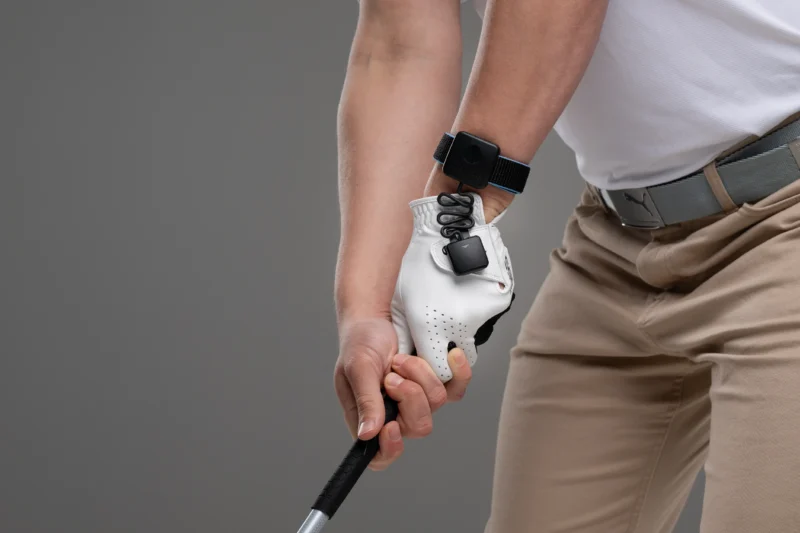
Muscle memory isn’t just a buzzword; it’s how you train your body to remember correct movements automatically. It’s like how experienced riders handle sudden road bumps without overthinking it – their body just knows. Building muscle memory for your wrist position takes patience and focused effort.
Start small with short, precise practice sessions. Repeat each motion slowly, ensuring the wrist stays aligned every time. Over time, your hand will find that right angle on its own, even under pressure. Commit to regular sessions, check your form, and make each movement intentional. Soon, you’ll see your wrist naturally aligning without conscious effort, making every practice session count toward real improvement.
FAQ
1. What happens if my wrist bows too much?
Bowing disrupts control and makes movements less accurate.
2. How do I keep my wrist straight?
Focus on a neutral position, check alignment often, and avoid tensing up.
3. Can I fix my wrist alignment quickly?
Fixing it takes time. Consistent, focused practice is key.
4. Should I use any support gear?
Some supports help, but they’re no replacement for proper technique.
Wrapping Up
If you want to see real progress, practice correctly and often. Don’t let a small habit like wrist bowing ruin your chances for improvement. With steady practice, a mindful approach, and the right training methods, you can master your wrist position just like you handle your bike on the road. Keep your hand light, stay relaxed, and watch the results roll in.

